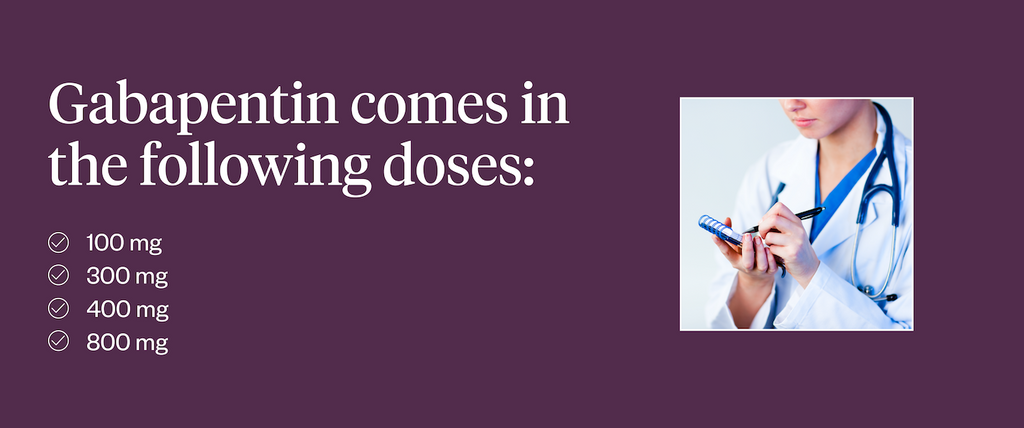Gabapentin, also known by its brand name Neurontin, is a medication primarily used to treat partial seizures and neuropathic pain. It’s also used for a variety of other conditions, including restless legs syndrome, hot flashes, and anxiety. The maximum dose of gabapentin can vary significantly depending on the condition being treated, the patient’s age, and their renal function.
For adults, the typical starting dose for gabapentin in the treatment of partial seizures is 300 mg three times a day, which can be increased to a maintenance dose of 300 mg to 600 mg three times a day. In some cases, doses up to 2400 mg to 3600 mg per day have been used for severe conditions, but such high doses should only be taken under the close supervision of a healthcare provider due to the increased risk of side effects.
For neuropathic pain, the dosing may start at 300 mg on day 1, 600 mg on day 2 (divided into two doses), and 900 mg on day 3 (divided into three doses). The dose can then be titrated upwards according to the patient’s response and tolerability to a maximum of 1800 mg to 3600 mg per day, typically divided into three doses.
Maximum Recommended Dose: - For partial seizures and neuropathic pain, the maximum recommended dose is generally considered to be 3600 mg per day. - However, in clinical practice, some patients may require or tolerate higher doses under strict medical supervision.
Important Considerations: - Dose titration: It’s crucial to gradually increase the dose as needed and as tolerated. This helps minimize side effects and allows for close monitoring by healthcare providers. - Patient factors: The maximum safe dose can be influenced by factors such as the patient’s kidney function, age (especially in elderly patients), and other health conditions. - Drug interactions: Gabapentin can interact with other medications, which may affect its efficacy and safety profile. Understanding potential interactions is key to avoiding adverse effects. - Side effects: Common side effects include dizziness, drowsiness, fatigue, and weight gain. Higher doses increase the risk of these and other side effects.
Safety Precautions: - Always follow the dose prescribed by your healthcare provider. Do not adjust your dose without medical consultation. - Monitor for signs of overdose, which can include severe drowsiness, difficulty speaking, confusion, agitation, or loss of consciousness. Seek immediate medical help if you suspect an overdose. - Ensure you discuss all your medications with your healthcare provider to minimize the risk of drug interactions.
Renal Impairment: For patients with impaired renal function, the dose of gabapentin needs to be adjusted based on creatinine clearance. Patients with severe renal impairment (creatinine clearance <30 mL/min) may require significantly lower doses and should be monitored closely.
Conclusion: While gabapentin can be an effective medication for various conditions, its dosing must be approached with caution. The maximum dose should be determined on an individual basis, taking into account the specific condition being treated and the patient’s overall health status. Close communication with a healthcare provider is essential to maximize efficacy while minimizing the risk of adverse effects.
What are the common side effects of gabapentin?
+Common side effects of gabapentin include dizziness, drowsiness, fatigue, and weight gain. It’s essential to discuss any side effects with your healthcare provider as they may suggest adjustments to your treatment plan.
How does renal impairment affect gabapentin dosing?
+For patients with renal impairment, the dose of gabapentin must be adjusted according to the patient’s creatinine clearance. This adjustment helps prevent overdose and reduces the risk of side effects. Regular monitoring by a healthcare provider is necessary.
What should I do if I suspect an overdose of gabapentin?
+If you suspect an overdose of gabapentin, seek immediate medical help. Signs of overdose include severe drowsiness, difficulty speaking, confusion, agitation, or loss of consciousness. Prompt medical attention can help mitigate potential harm.


